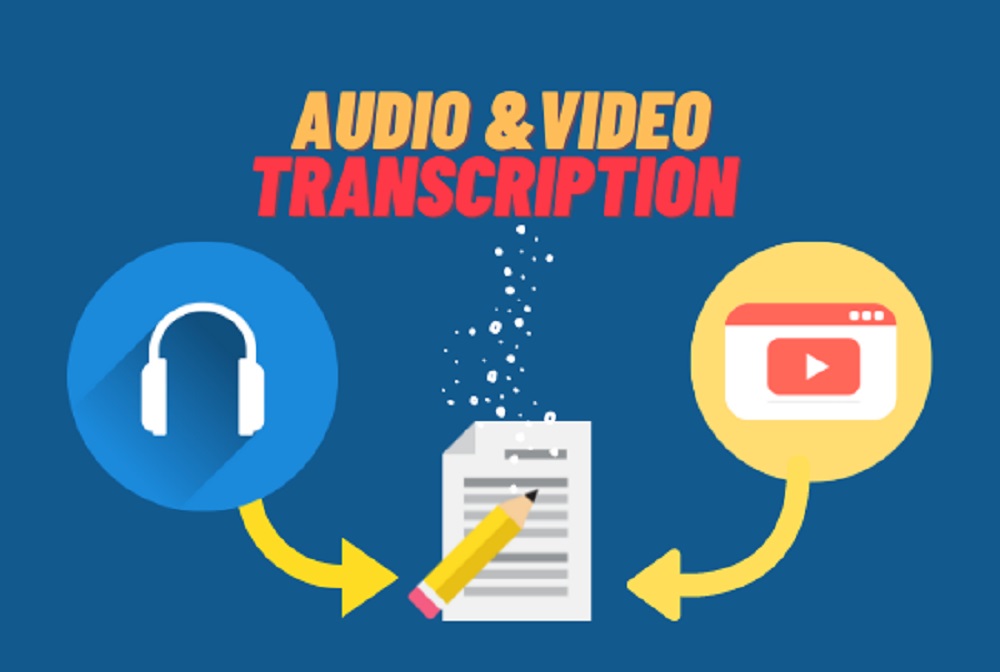In today’s fast-paced digital world, the need for accurate and efficient transcriptions has become increasingly important. Whether you’re a journalist conducting interviews, a student taking lecture notes, or a business professional attending meetings, the ability to transcribe audio to text quickly and accurately can save you valuable time and effort. Thankfully, advancements in technology have made this process more uncomplicated than ever before, thanks to the advent of audio-to-text converters. These powerful tools can effortlessly transform spoken words into written text, revolutionizing how we capture and preserve information.
What is an Audio-to-Text Converter?
An audio-to-text converter is a software or online tool that utilizes speech recognition technology to transcribe spoken words into written text. By converting audio files, such as recordings of interviews, lectures, or meetings, into written form, these converters provide a convenient and efficient way to capture and store important information. With a few clicks, you can transform lengthy recordings into searchable and editable text documents, making reviewing, analyzing, and sharing content more manageable.
The Benefits of Using an Audio-to-Text Converter
Time-saving
Manually transcribing audio recordings can be time-consuming, requiring hours of dedicated effort. With an audio-to-text converter, the process becomes significantly faster and more efficient. The software can transcribe hours of audio content in a fraction of the time it would take a human transcriber.
Accuracy
The accuracy of modern audio-to-text converters has improved significantly over the years. Advanced algorithms and machine learning techniques enable these tools to recognize and interpret different accents, dialects, and speech patterns. While they may not achieve 100% accuracy, they still produce highly reliable transcriptions that can be quickly reviewed and corrected.
Convenience
With an audio-to-text converter, you can transcribe audio files whenever and wherever you need them. Whether working in a quiet office or on the go, you can upload your audio recordings to the converter and receive the transcriptions in minutes. This flexibility allows for seamless integration into your workflow and increases overall productivity.
Accessibility
Transcribing audio to text opens up possibilities for individuals with hearing impairments or those who prefer written content. By converting spoken words into text, audio-to-text converters make audio content more accessible and inclusive.
Choosing the Right Audio-to-Text Converter
When selecting an audio-to-text converter, several factors should be considered:
Accuracy
Look for a converter with high accuracy rates and positive user reviews. Accuracy is crucial when capturing the intended meaning of spoken words.
Ease of Use
Opt for a user-friendly converter with a simple interface and intuitive controls. The tool should require minimal technical knowledge or training to operate effectively.
Language Support
Ensure that the converter supports the language or languages you frequently work with. Some converters offer multilingual capabilities, which are particularly useful for international users.
Formatting Options
Check if the converter provides formatting options to structure your transcriptions. Features like paragraph breaks, speaker identification, and timestamping can enhance the readability and organization of the final text.
Conclusion
In conclusion, audio-to-text converters offer a game-changing solution for transcribing audio content efficiently and accurately. By leveraging speech recognition technology, these tools save time, enhance accessibility, and simplify converting spoken words into written text. Whether you’re a professional, student, or anyone needing transcription services, embracing this technology can revolutionize your workflow and make your life significantly easier.
